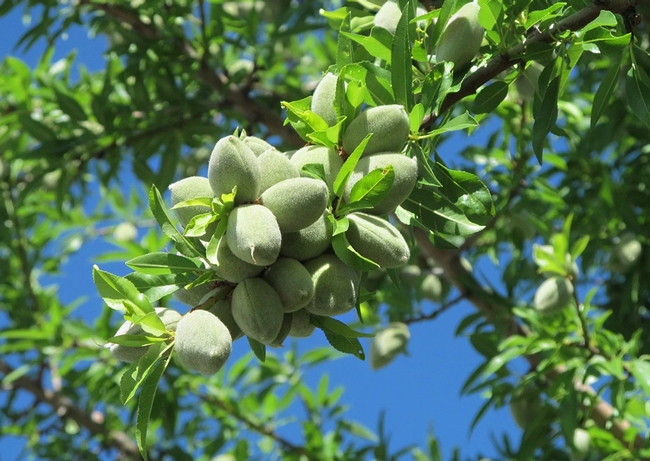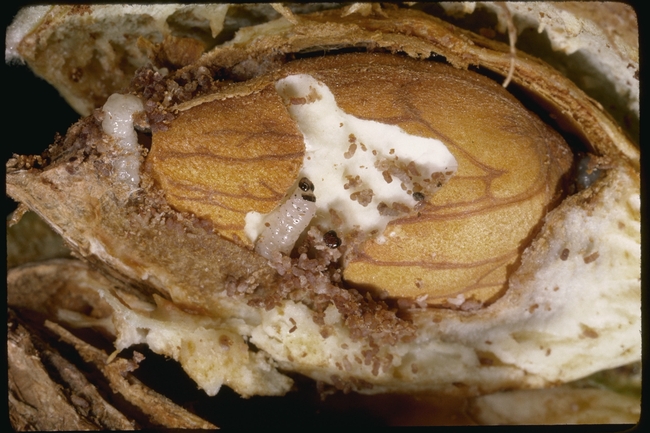UC Agricultural Issues Center has released new studies estimating the cost and returns of establishing an almond orchard and producing almonds for three growing regions of California.
“These cost studies are valuable for agricultural producers all along the continuum – growers considering entering into a new crop production business, less experienced growers, and those with decades of experience,” said Emily Symmes, UC Cooperative Extension integrated pest management advisor for the Sacramento Valley. “The information in these cost studies allows growers to evaluate their production practices and associated costs relative to an exemplary hypothetical orchard specific to their geographic region, and can help with development of business models, crop insurance and lending.”
In 2018, almonds ranked third among California commodities with almond growers receiving nearly $5.5 billion in cash receipts.
The cost analyses are based on hypothetical farming operations of well-managed almond orchards, using cultural practices common to the region. Local growers, UC Cooperative Extension farm advisors and supporting agricultural representatives provided input and reviewed the methods and findings of the studies.
“The recent almond updates for the Sacramento and San Joaquin valleys reflect costs associated with the continually evolving conditions facing agriculture,” said Symmes, who co-authored the almond cost studies. “Some of the notable updates include labor, irrigation and pest management costs – all integral to producing and delivering a high-quality crop.”
The researchers based one study in the Sacramento Valley, one in the northern San Joaquin Valley and the other in the southern San Joaquin Valley.
The southern SJV study is based on an orchard that uses double-line drip irrigation, whereas the other two locations use microsprinkler irrigation. All are multi-year studies, estimating costs from removal of the previous orchard, through almond orchard re-establishment and the production years. The economic life of the orchards used in these analyses is 23 to 25 years.
Navel orangeworm (NOW) is a major pest in almond production; Symmes and her co-authors describe in detail the pesticide applications and winter sanitation methods for each location for NOW control and include the costs.
The authors describe the assumptions used to identify current costs for orchard establishment, almond production, material inputs, cash and non-cash overhead. A ranging analysis table shows net returns over a range of prices and yields.
The new studies are titled:
- Sample Costs to Establish an Orchard and Produce Almonds in the Sacramento Valley - 2019
- Sample Costs to Establish an Orchard and Produce Almonds in the Northern San Joaquin Valley - 2019
- Sample Costs to Establish an Orchard and Produce Almonds in the Southern San Joaquin Valley - 2019
The studies are available for free download at the UC Davis Department of Agricultural and Resource Economics website at http://coststudies.ucdavis.edu. Sample cost of production studies for many other commodities are also available on the website.
For additional information or an explanation of the calculations used in the studies, contact Donald Stewart at the UC Agricultural Issues Center at (530) 752-4651 or destewart@ucdavis.edu. To contact a local UC Cooperative Extension advisor, find the UCCE office in your county at http://ucanr.edu/County_Offices. The Agricultural Issues Center is a statewide program of UC Agriculture and Natural Resources.

